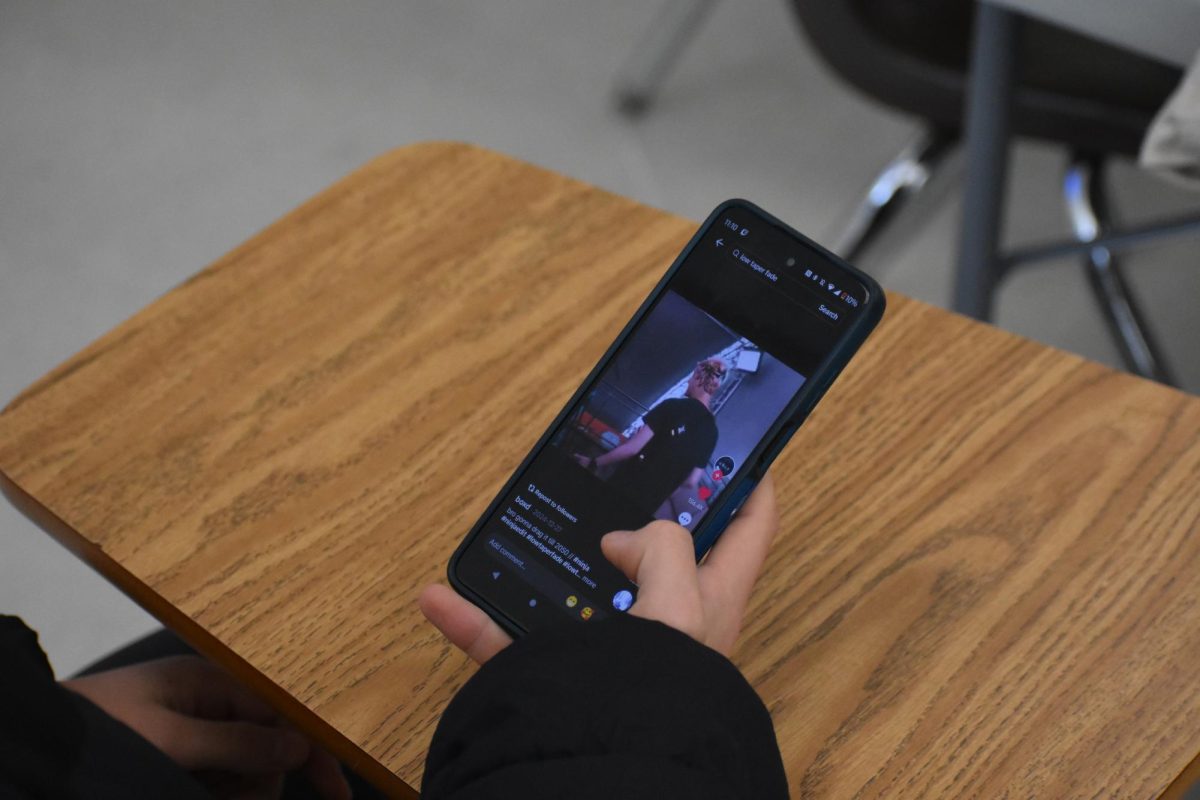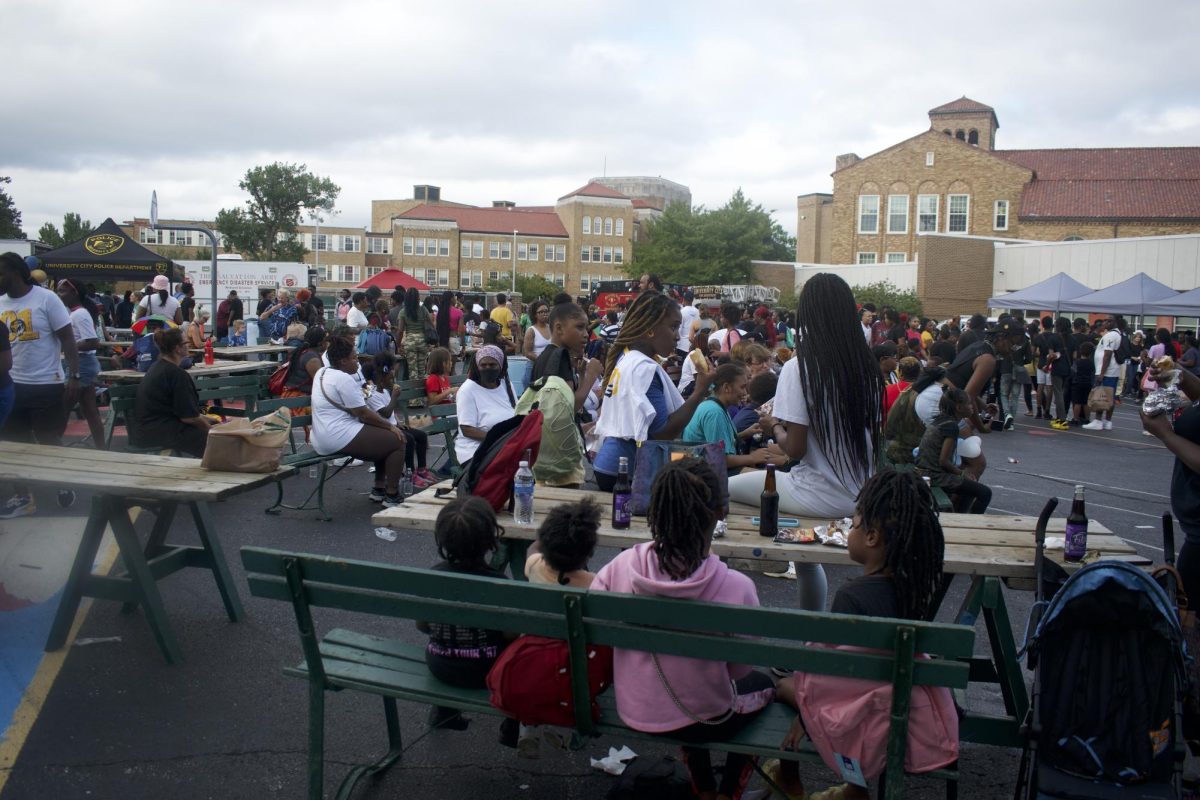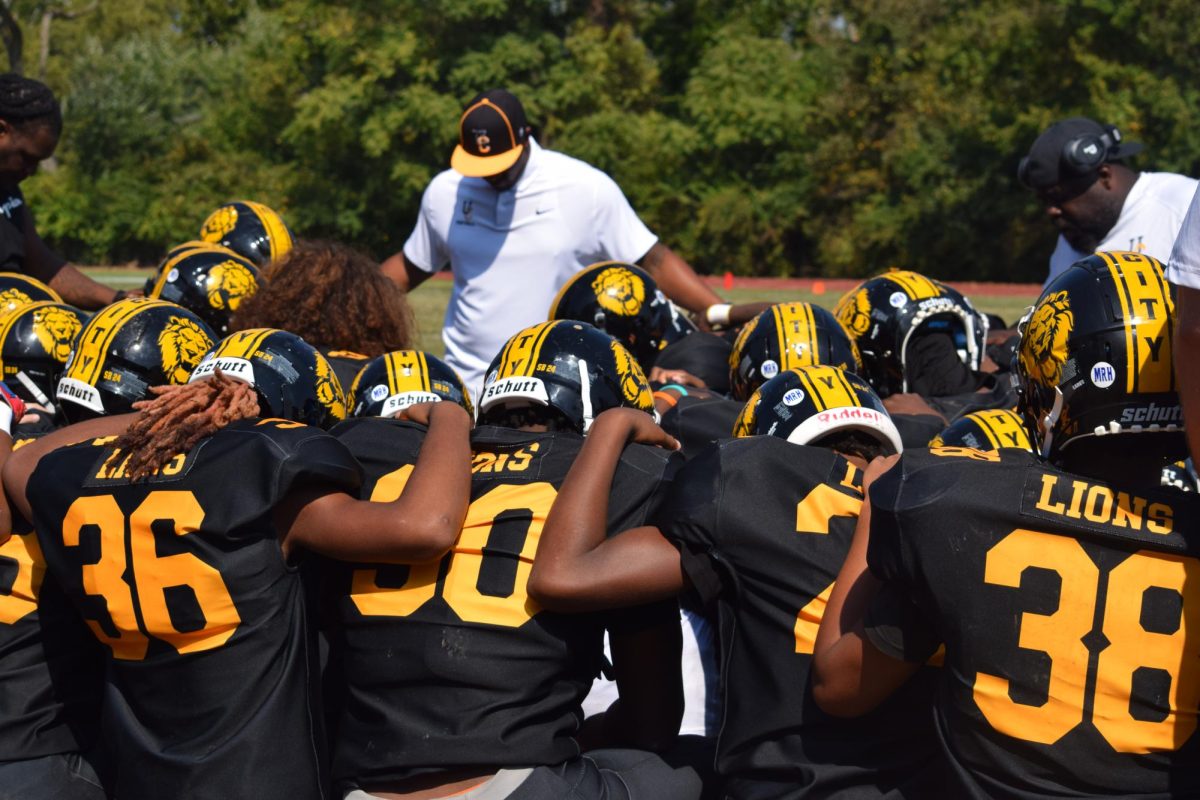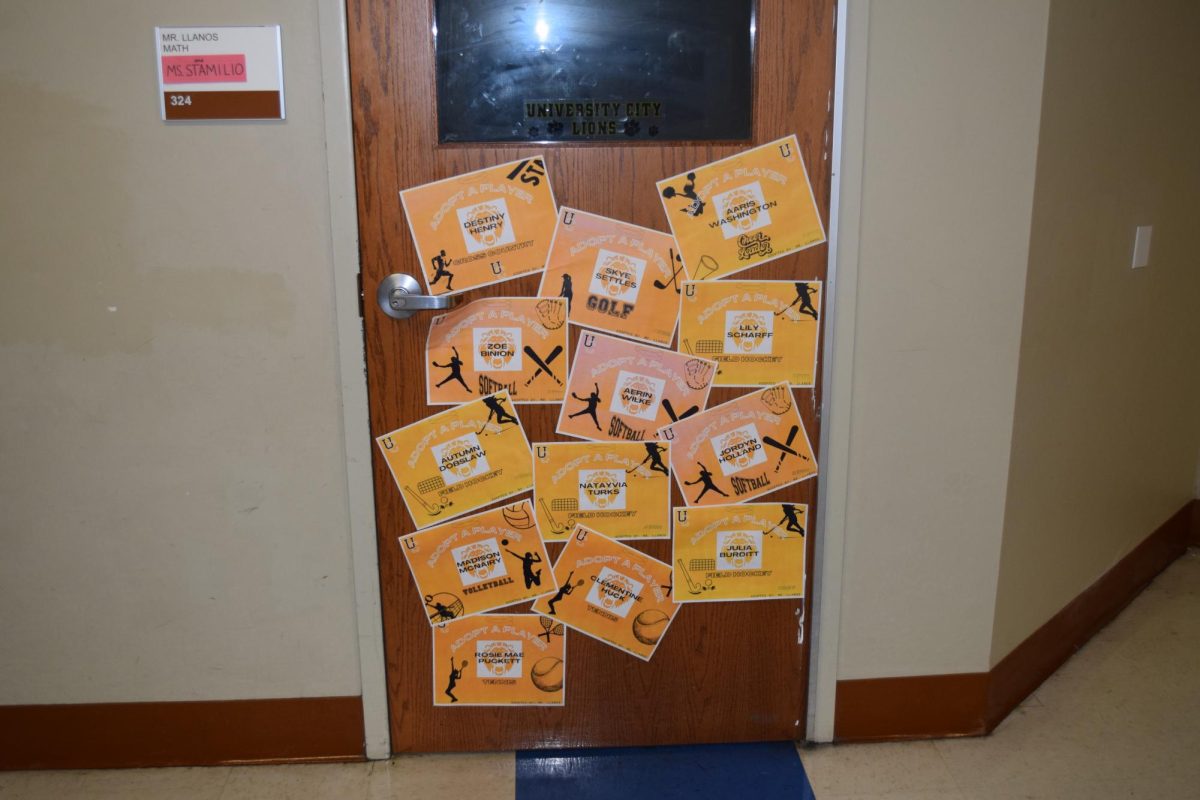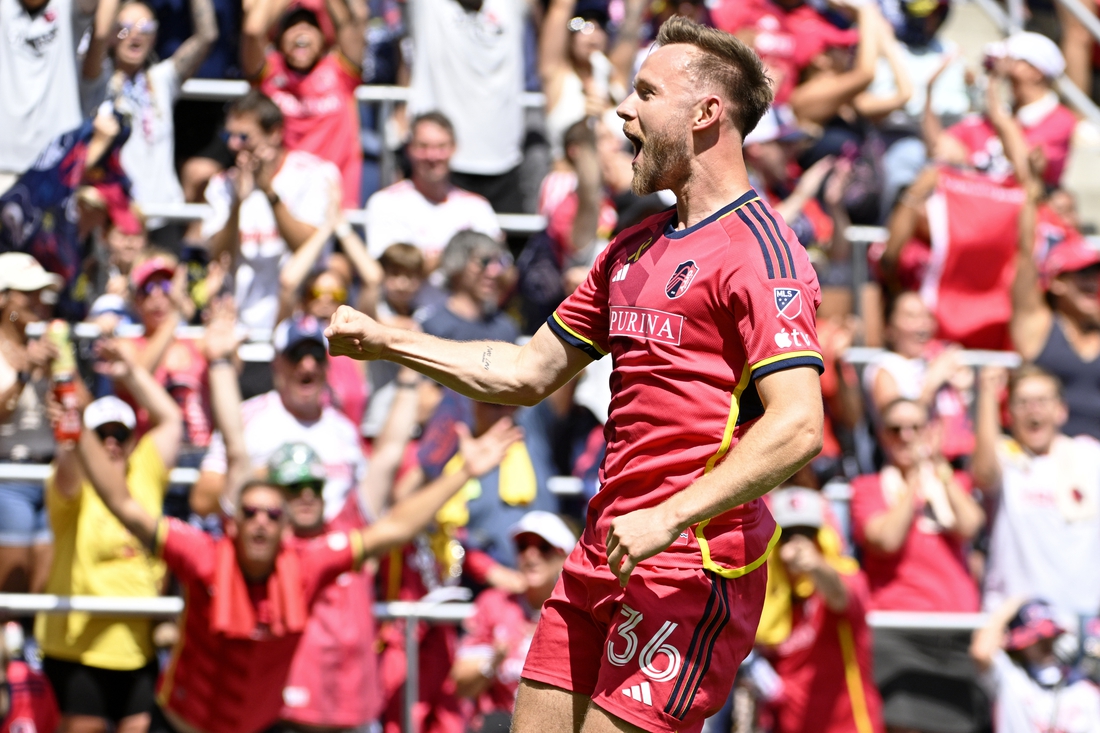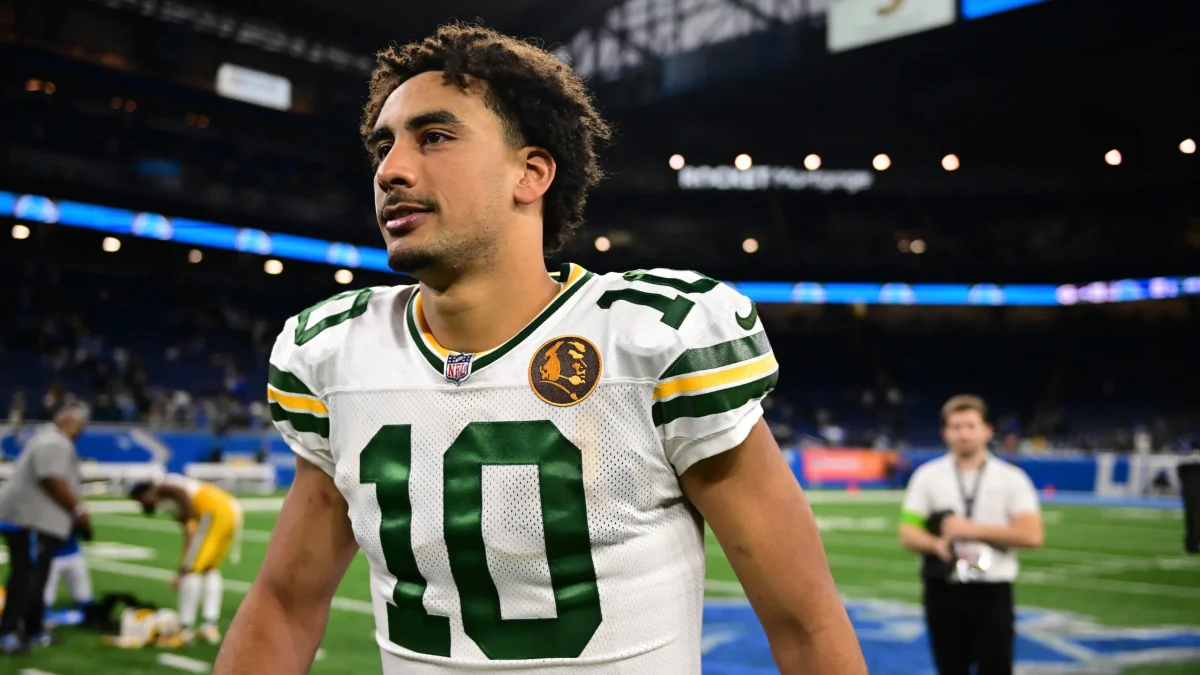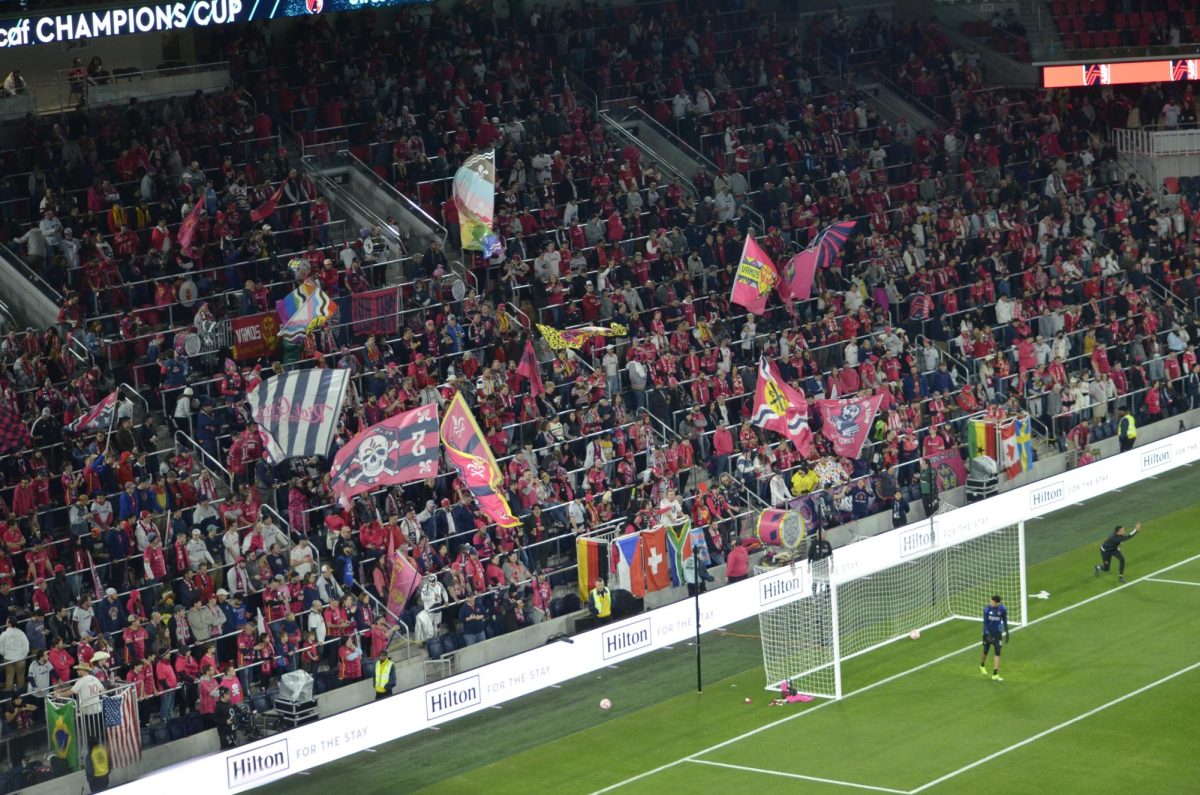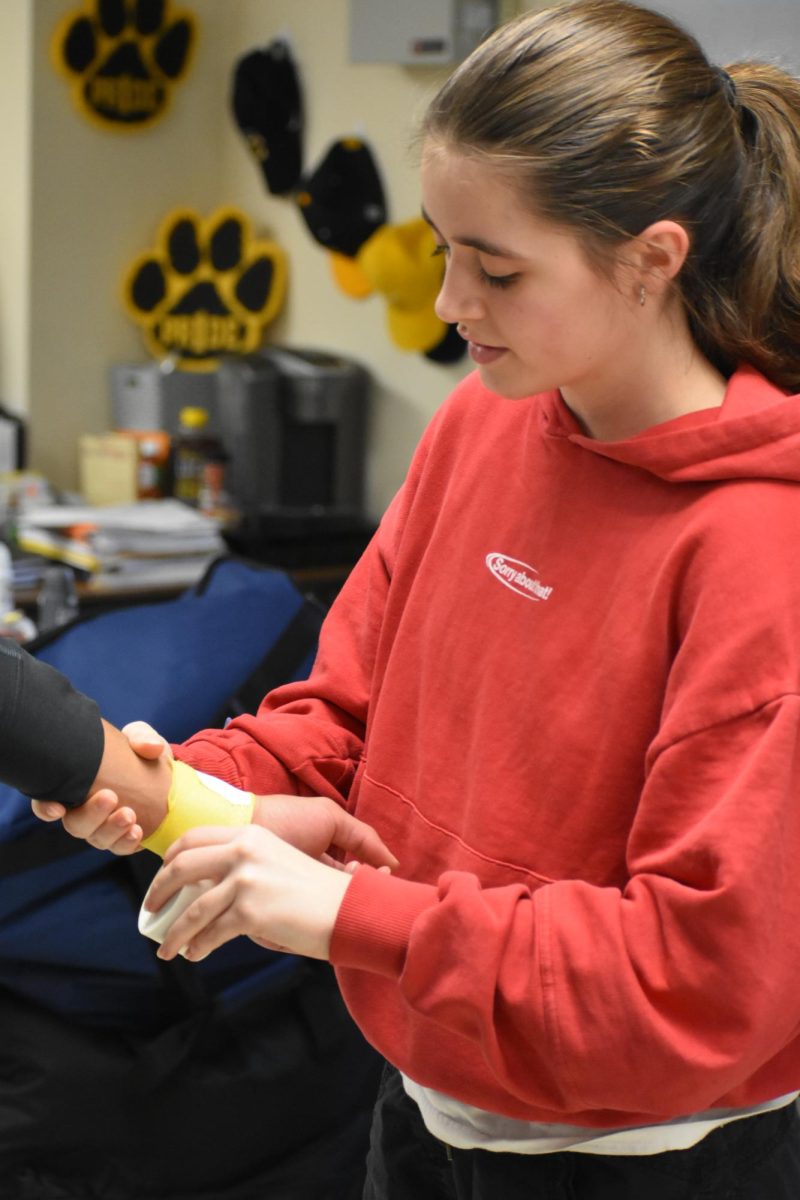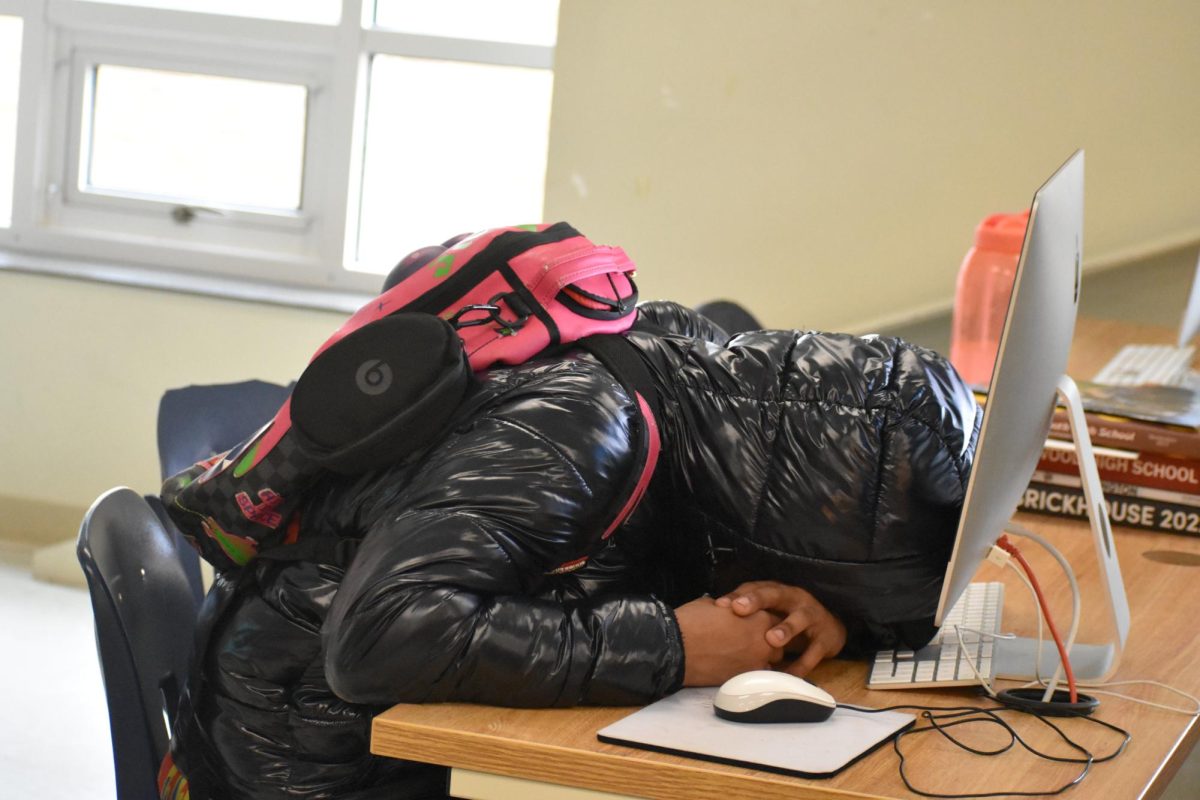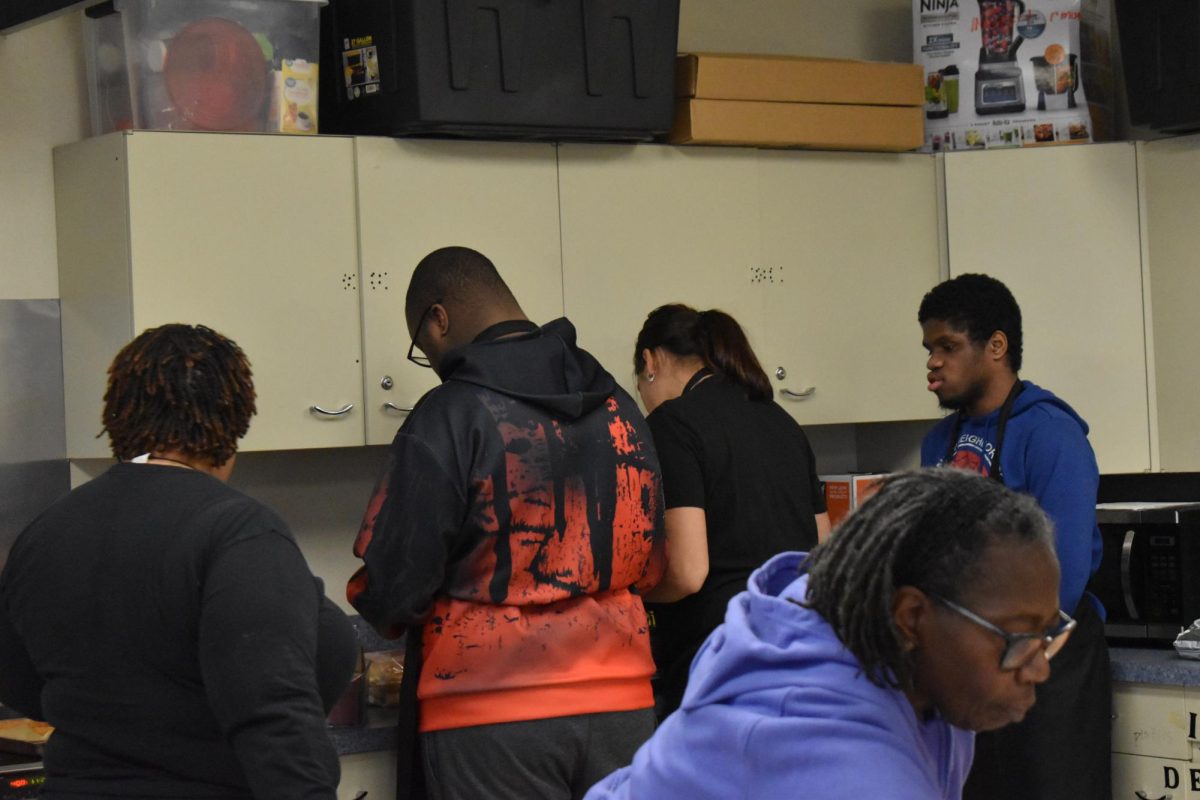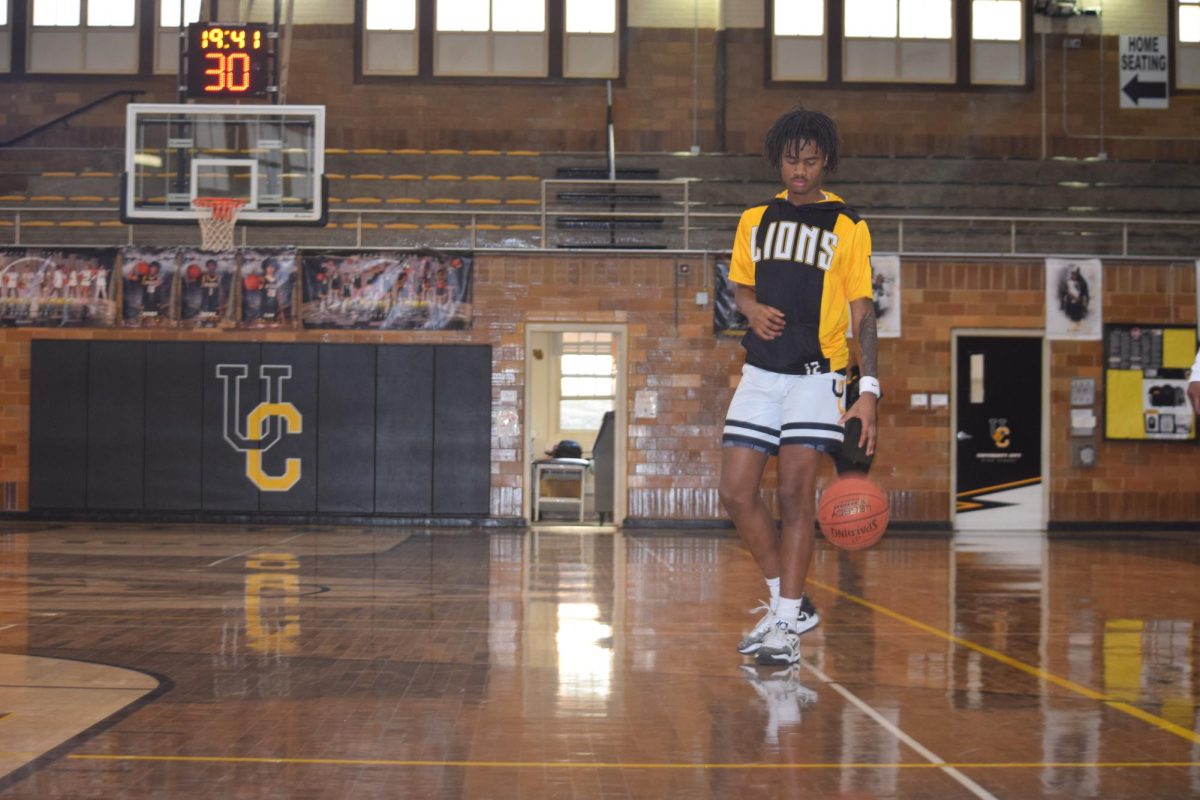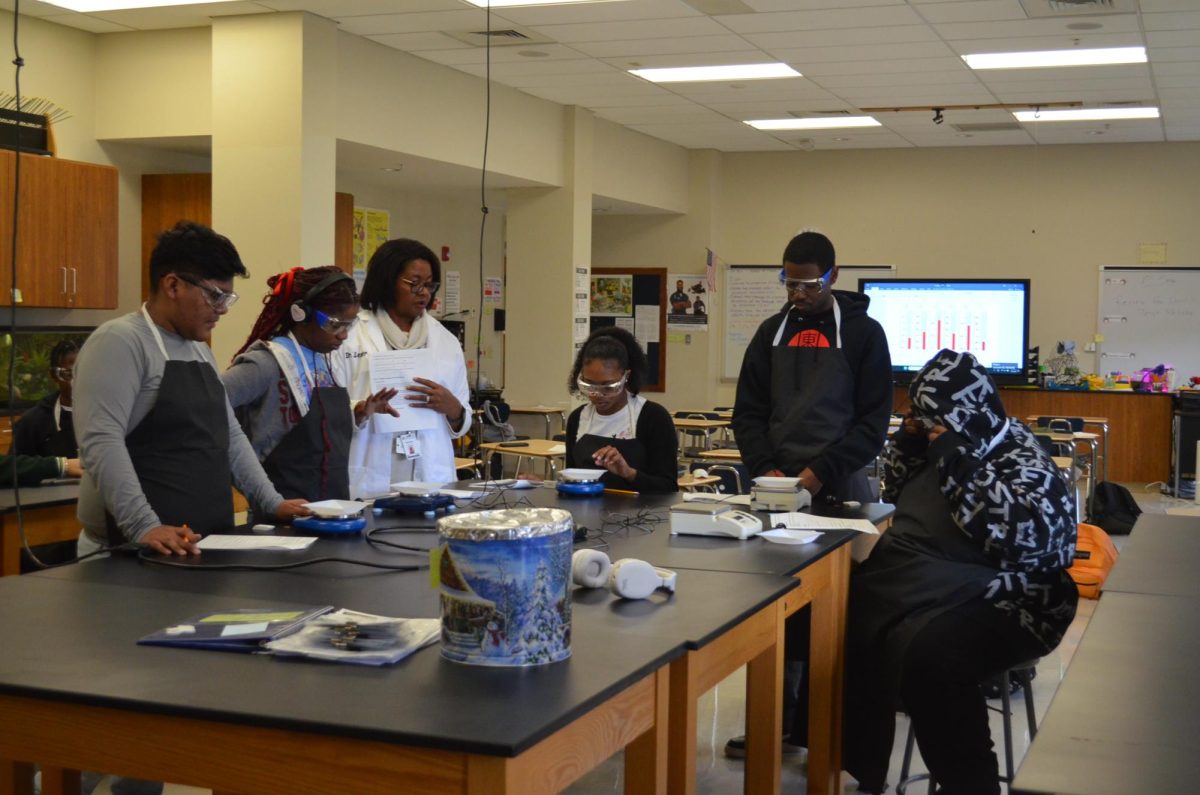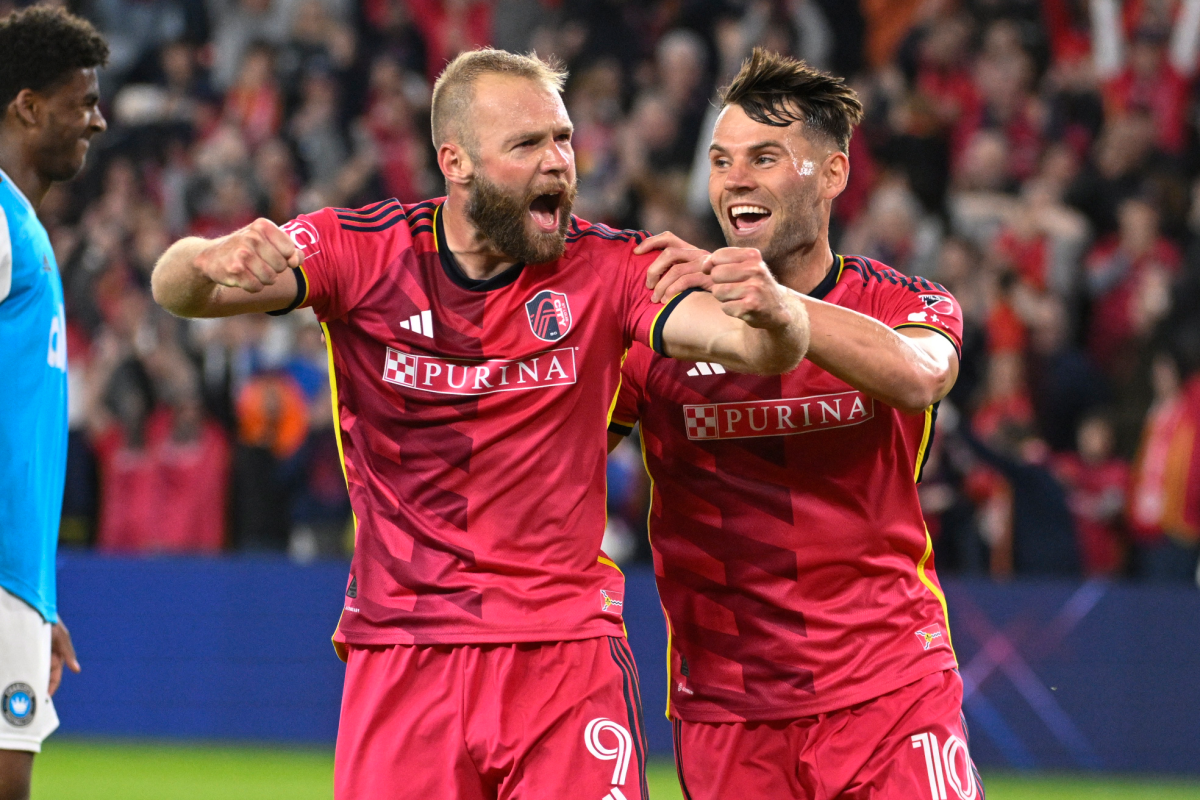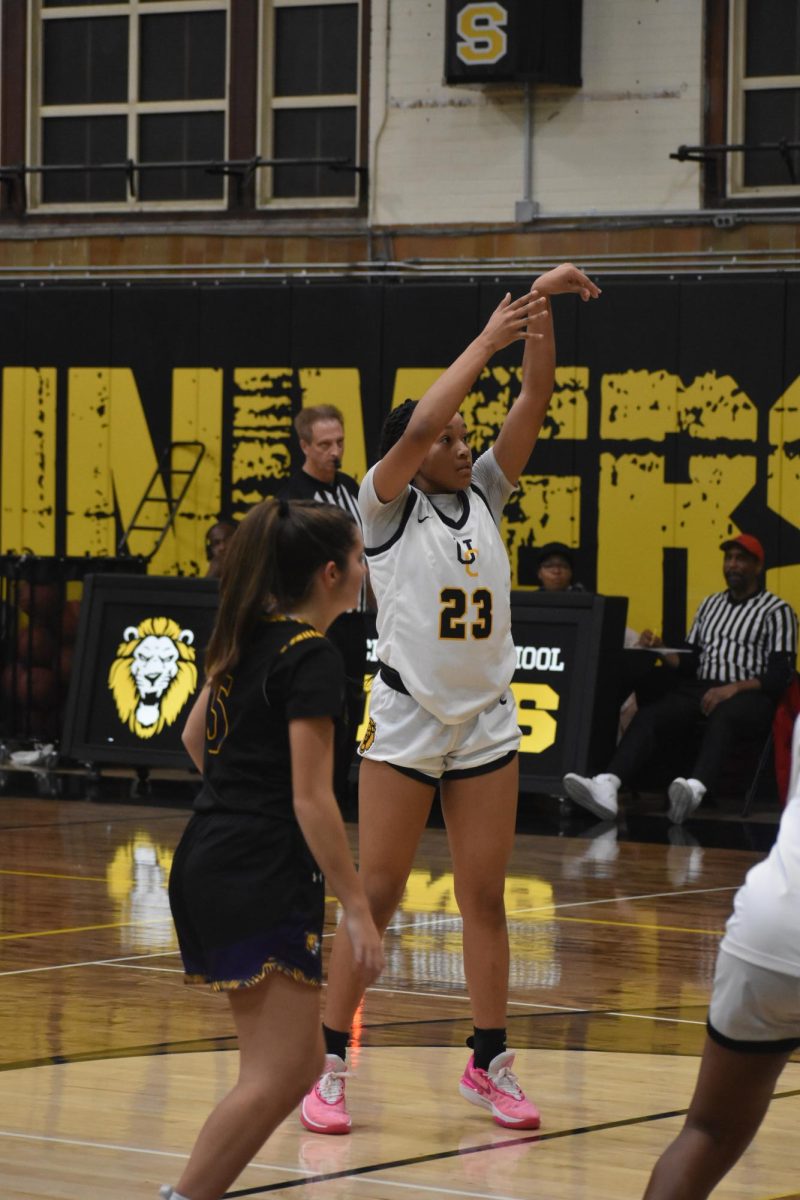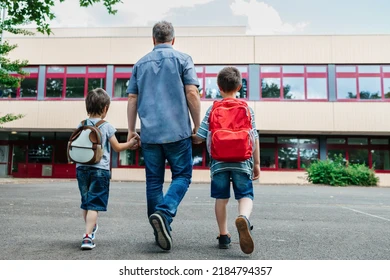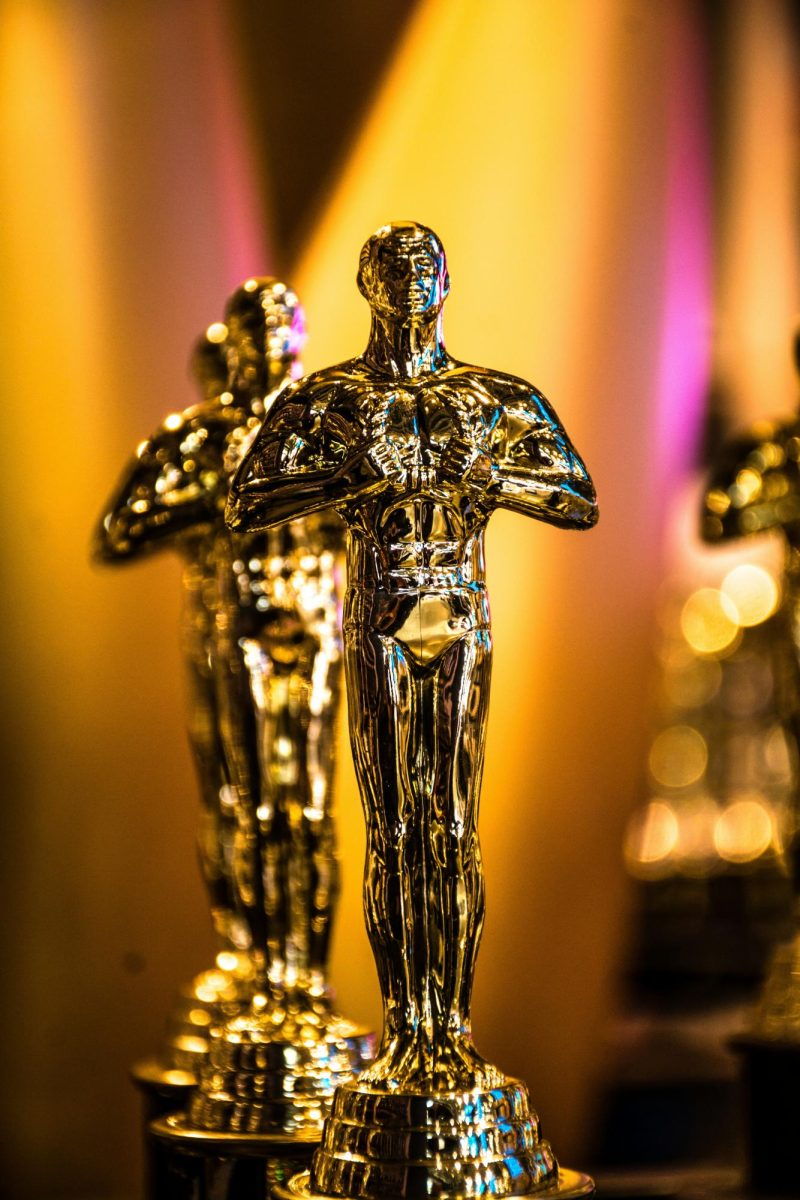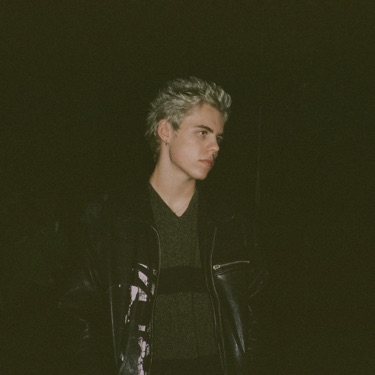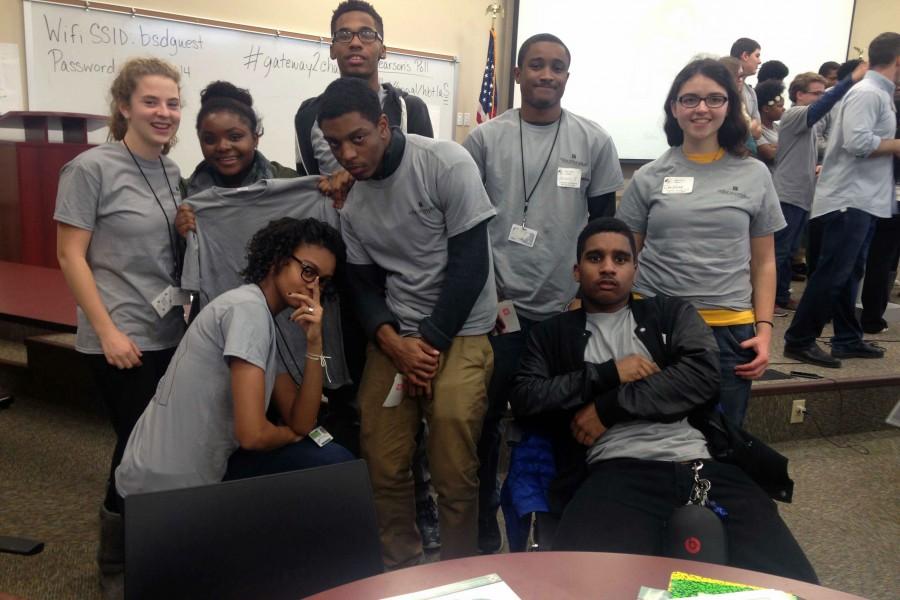As they filed into the large conference room, none of the eight students representing U. City knew what to expect. They were one of the first schools to arrive at the Brentwood Conference Center, and there was a buzz of activity around them as the other schools began to arrive: Pattonville, Seckman, Francis Howell North, all three Hazelwoods, McCluer, and six others, from as close as Maplewood and as far as Fox. That day, Jan. 15, more than 100 students from 14 schools and a variety of racial, economic and social backgrounds had come together to talk about race.
The First Annual St. Louis Student Summit on Race was organized by EducationPlus in response to the issues recently raised in Ferguson. The goal was to empower students by giving them a chance to be heard and to turn their feelings into solutions. The summit was observed by journalists from area media outlets and the Ritenour High School media team.
Students had varying expectations for the event.
“[I’m hoping for] good conversation on race and how we can better integrate people in our school,” said Brandon McCarty, a white junior at Francis Howell North, where he said the student body is 98% white.
Not everyone thought the outcome would be positive.
“I’m expecting a lot of arguments,” said Jaz Dorging, a black student from Soldan, which is majority-black. “There’s a lot of black people but there’s a lot of white people too. I’m expecting a lot of controversy.”
As the event began, it was clear that the question was not whether St. Louis has a race problem but how it could be solved.
“If race was easy, we wouldn’t be having this conversation in 2015,” said Charles Pearson, a leadership consultant and one of the speakers at the summit.
After establishing definitions of key words like “racism” and “anti-racist,” students broke into groups with other schools to talk about their personal experiences with race.
“[The goal was] basically just learning other schools’ perspectives, and knowing how others feel,” said Rontrell Gentry, junior, one of eight U. City students to attend the summit. “Some schools hadn’t really faced racism before. But they wanted to see how it was and wanted to help.”
During a 15-minute break, students had the opportunity to mingle and were encouraged to tweet their feelings using #Gateway2Change. Some students, like Maplewood-Richmond heights students Jazmen Bell and Autumn Martin, continued the conversation, wondering how students could have an impact.
“It takes one person at a time to be anti-racist, to actually make a difference,” said Martin. “We can’t do anything until we get people of authority to care.”
Midmorning, students reconvened with their school groups to brainstorm action plans. Some schools paired up; others worked alone. The U. City students took the time to discuss many of the racial issues in the district, with input from Ms. Williams, English teacher, and Ms. Pezzolla, social studies teacher, who accompanied them to the summit.
They finally had a breakthrough when Gentry came up with the idea of a mentoring program for elementary-aged students to give them a support system to achieve their goals. Everyone leaned excitedly over a table, spouting ideas as Raven Bullard, sophomore, took notes.
“This was a time for us as young people to come up with solutions because our generation will be the one to change these issues,” said Bullard.
Working through lunch, the U. City students prepared a presentation. At 1:30, the school groups climbed onto the stage one by one to pitch their ideas.
“These ideas are going to change the world,” said Koran Bolding, one of the emcees. “If we keep acting like race doesn’t exist…we will never move forward as a city.”
Several groups had the idea to pair with a “sister school” with a different racial and economic makeup. Maplewood Richmond-Heights came up with a diversity class, “Activism 101.” Hazelwood West presented “Pause for a Cause,” a campaign to stop and ask the hard questions. Parkway North and McCluer wanted to create social justice action teams, increase education, and stop using labels.
The goal of the summit was to come up with one unified theme for all the schools to work on, so an adult panel picked out the most common ideas, which were put to a vote. Fully half of the schools voted for the sister schools idea, and several schools paired up on the spot.
U. City students were initially upset that they would be unable to go through with the mentoring program, but they finally decided to combine the ideas by starting the mentoring program and later helping a sister school develop a similar program.
After six and a half hours in the conference room, students finally began the journey back to school, tired by the long day but invigorated by the developments, already making plans for the Feb. 25, when the groups will reconvene to share their progress.
“I feel like we talked about a lot of things to be addressed and we came up with a lot of good solutions,” said Cameron Keys, senior. “I think [the mentoring plan] is good. I think we’re actually going to make a difference.

